Filter products

Price excl. VAT

Price excl. VAT

Price excl. VAT

Price excl. VAT

Price excl. VAT

Price excl. VAT

Price excl. VAT

Price excl. VAT

Price excl. VAT

Price excl. VAT

Price excl. VAT

Price excl. VAT

Price excl. VAT

Price excl. VAT

Price excl. VAT

Price excl. VAT

Price excl. VAT

Price excl. VAT

Price excl. VAT

Price excl. VAT

Price excl. VAT

Price excl. VAT

Price excl. VAT

Price excl. VAT
Pollutants in the air
The pollutants that can be filtered out of the air we breathe by filtering devices can occur in different compositions and forms.

How breathing protection filters work
A basic distinction is made between two types of filter: particle filters and gas filters. Particle filters protect against dust, smoke and aerosols. Gas filters provide protection against gases and vapours. Both types of filter can be combined, e.g. for protection against gas and dust.

How do particulate filters work?
Particle filters combine two different mechanisms of action: mechanical filtration and separation achieved by an electrostatic charge of the filter.
In the case of mechanical filtration,
large particles
(>0.6 µm) are
caught by the filter medium like a sieve
.
By means of electrostatic charging,
small particles
(<0.6 µm) are
attracted
and held by the electrostatic charging of the
filter material.

How do gas filters work?
Gas filters consist of a cartridge filled with activated carbon. This special carbon filters gaseous pollutants from the air we breathe by chemically reacting with the molecules, either permanently binding them to itself or holding them on its surface by absorption. This mode of operation can be imagined like a sponge that absorbs water. Analogous to this image, the activated carbon "soaks up" the pollutants.
AX filters are a special case when it comes to low-boiling gases with a boiling point of ≤ 65 °C. In this case, the pollutant, e.g. acetone, migrates through the carbon bed and, after a long exposure time or at high concentrations, can enter the breathing air. Therefore, the reusability of the AX filters is limited to the duration of one work shift.
Just as a sponge can only absorb so much water, a gas filter loses its function when its absorption capacity has been reached and it can no longer bind any further molecules. Once this point has been reached, gases pass unfiltered into the breathing air and are thus released to the wearer.

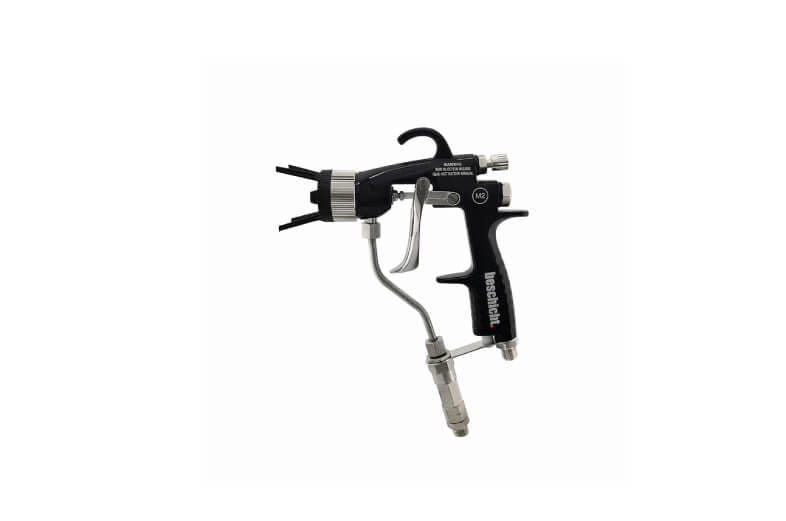
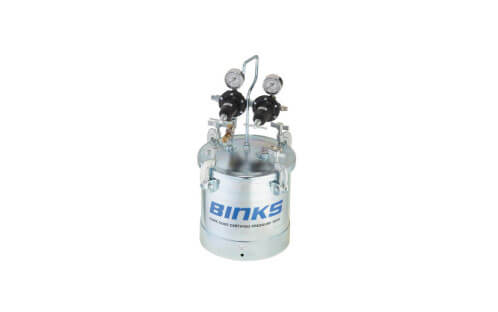
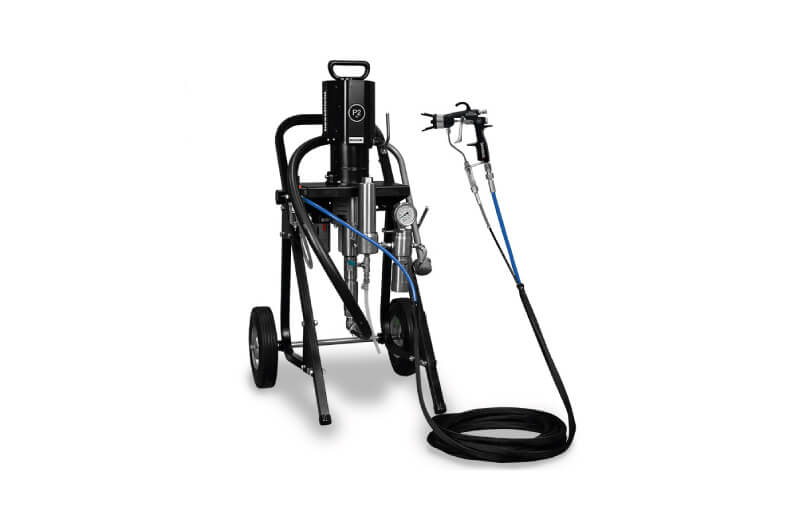
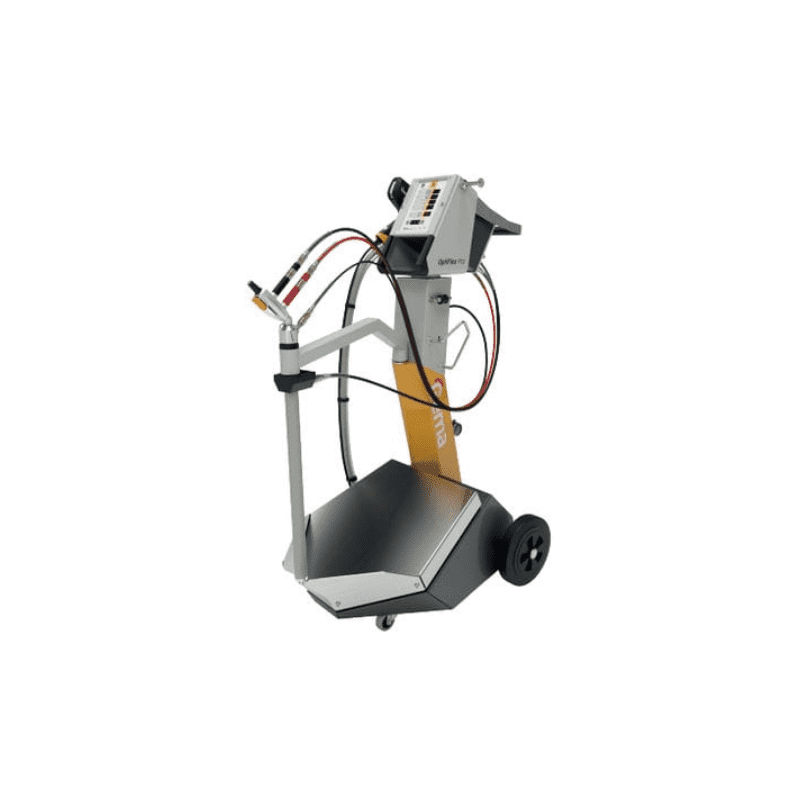
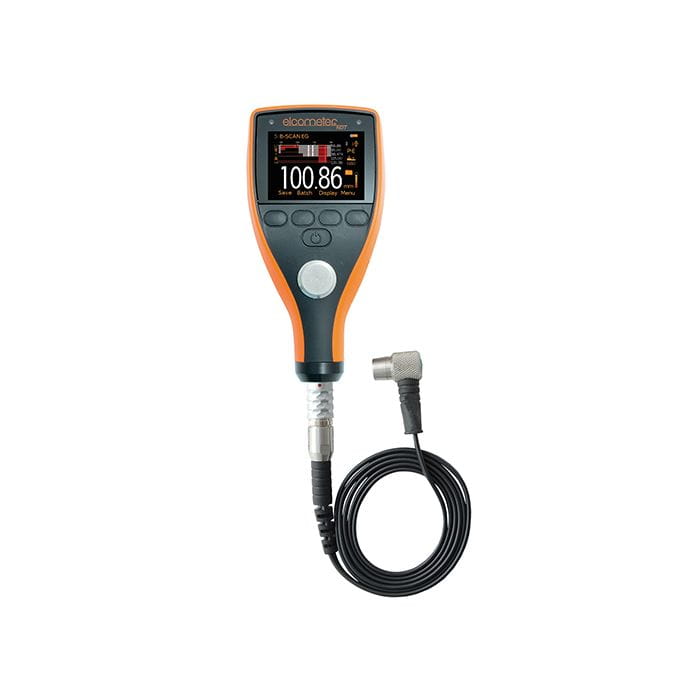
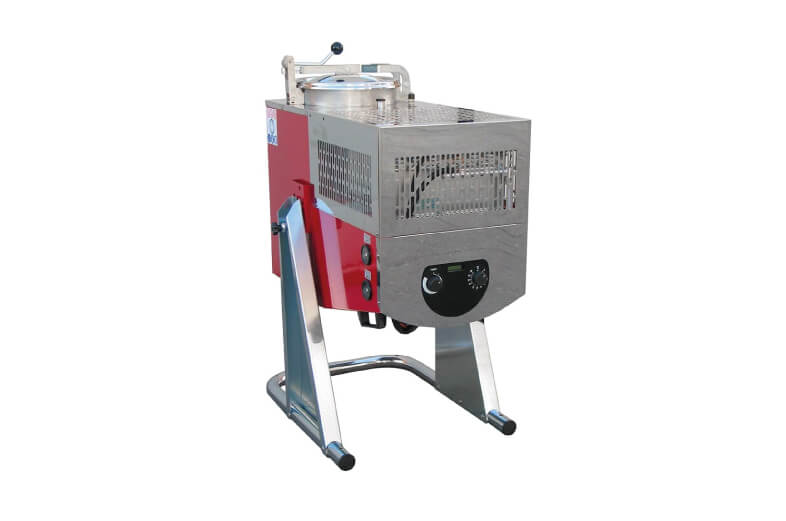
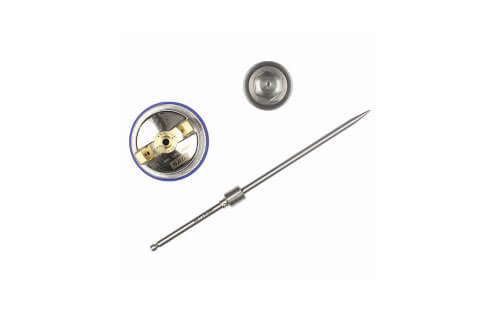
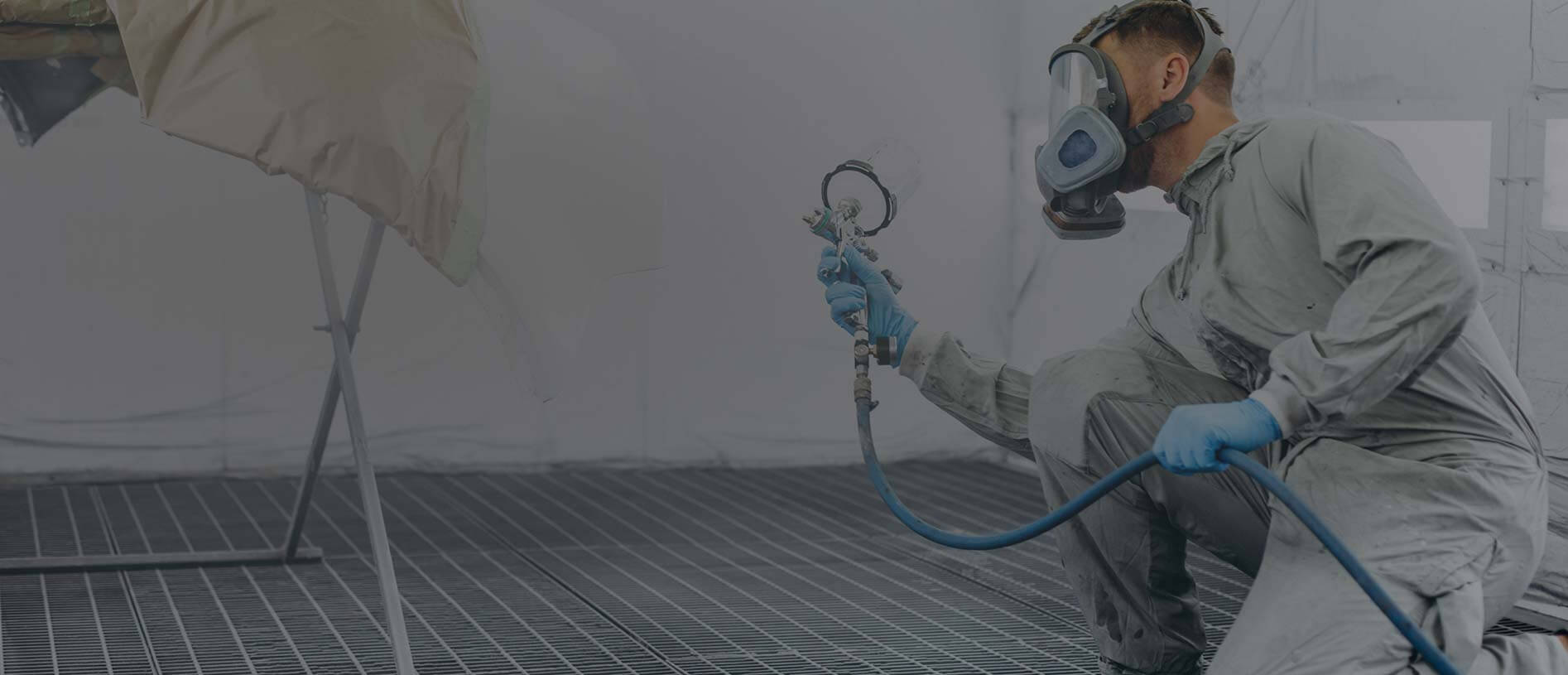
![134353_SATA SATA air star F [with special filter A2:P3 R D, 2 pre-filter holders and 10 pre-filters]](https://beschicht.imgbolt.de/media/57/b9/29/1744088713/15308-1012151_SATA_air_star_F_%5Bmit_Spezialfilter_A2-P3_R_D_2_Vorfilterhalter_und_10_Vorfilter%5D_.jpeg?ts=1744088713)
![SATA filter cover, packaging unit 2 pcs. [for air star F 2.0] SATA filter cover, packaging unit 2 pcs. [for air star F 2.0]](https://beschicht.imgbolt.de/media/3a/29/e2/1742679213/90434-csm_tab-01-airstar_ab727d5229.jpg?ts=1742679213)







![121038_SATA Breathing air hose, complete with whistle, foam sleeve and silencer/coupling [for SATA vision 2000]](https://beschicht.imgbolt.de/media/38/ce/15/1744089637/14594-1011159_Atemluftschlauch_kpl._mit_Warnpfeife_Schaumstoffhlse_und_Schalldmpfer-Kupplung_%5Bfr_SATA_vision_2000%5D.jpeg?ts=1744089637)



![1006982_SATA SATA air cooler incl. adapter plate and hip pad [for SATA air vision 5000]](https://beschicht.imgbolt.de/media/dc/be/d0/1742738741/13855-1010302_SATA_air_cooler_inkl._Adapterplatte_und_Hftpolster_%5Bfr_SATA_air_vision_5000%5D.jpeg?ts=1742738741)

![35675_SATA Transparent film, 6 holes (packaging unit 25 pieces) [for SATA vision 2000, 2K mix]](https://beschicht.imgbolt.de/media/1d/07/9e/1744088458/15868-1012721_Sichtfolie_6-fach_Lochung_%28Verpackungseinheit_25_Stck%29_%5Bfr_SATA_vision_2000_2K_mix%5D.jpeg?ts=1744088458)




![134304_SATA Special filter A2:P3 R D (6 pairs) [for SATA air star F] Please note the best-before date!](https://beschicht.imgbolt.de/media/fc/dd/3b/1653542464/15886_1012740_Spezialfilter_A2-P3_R_D_%286_Paar%29_%5Bfuer_SATA_air_star_F%5D_Bitte_Mindesthaltbarkeitsdatum_beachten%21.jpeg?ts=1736160563)

![210468_SATA Visor film, 6 holes (packaging unit 20 pieces) [for SATA air vision 5000]](https://beschicht.imgbolt.de/media/bb/3c/2e/1744088345/15961-1012874_Visierfolie_6-fach_Lochung_%28Verpackungseinheit_20_Stck%29_%5Bfr_SATA_air_vision_5000%5D.jpeg?ts=1744088345)

![69658_SATA Black hood liner (20 pieces) [for SATA vision 2000]](https://beschicht.imgbolt.de/media/6a/03/g0/1742441056/36744-1011759.jpg?ts=1742441056)




![Pre-filter (packaging unit 50 pcs.) [for SATA air star F] Please note the best-before date! Pre-filter (packaging unit 50 pcs.) [for SATA air star F] Please note the best-before date!](https://beschicht.imgbolt.de/media/53/a2/ef/1744088309/45485-1012876_Vorfilter_%28Verpackungseinheit_10_Stck%29_%5Bfr_SATA_air_star_F%5D_Bitte_Mindesthaltbarkeitsdatum_beachten.jpeg?ts=1744088309)
